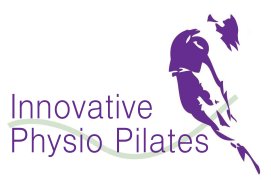
positive - passionate - empowering

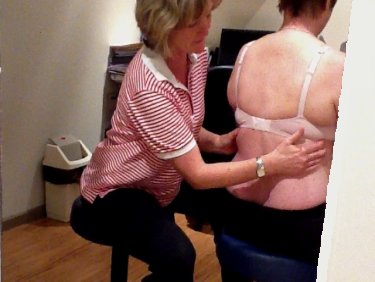
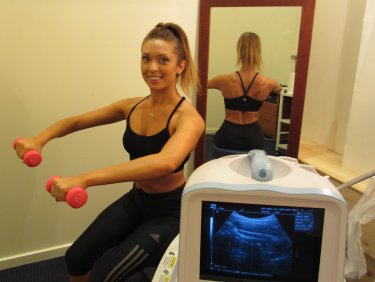
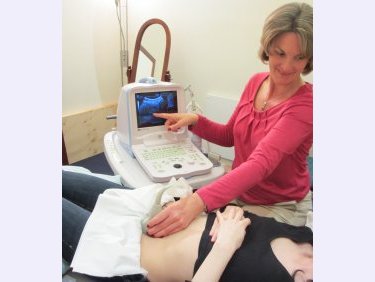
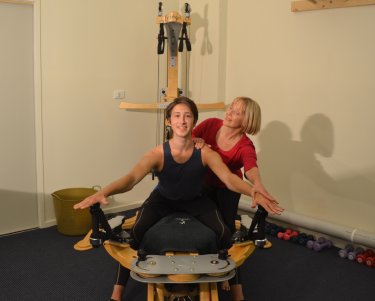
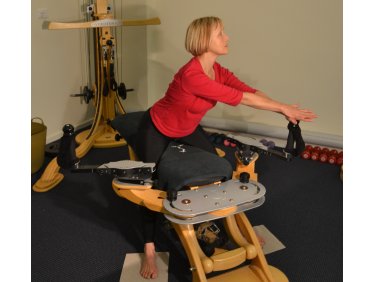
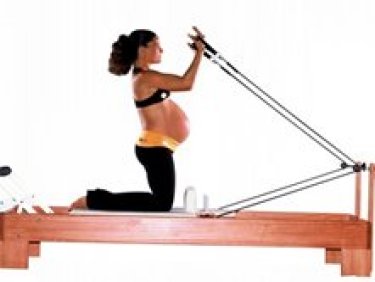
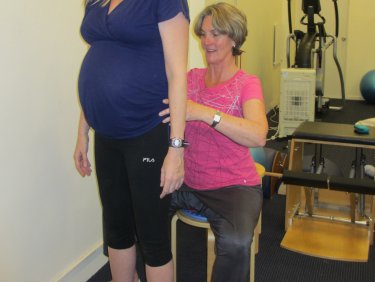
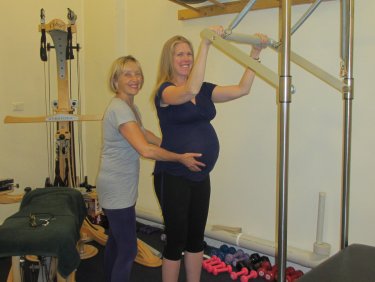
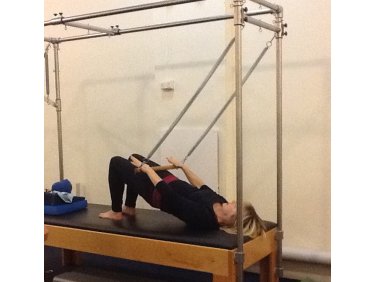
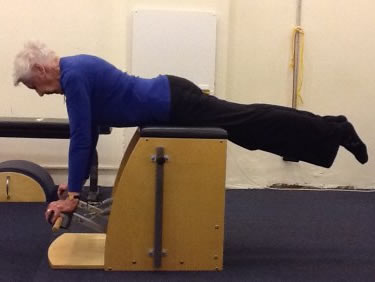


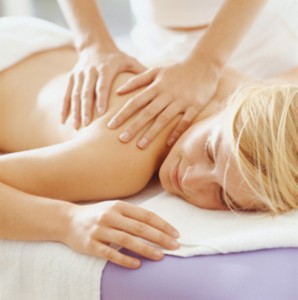
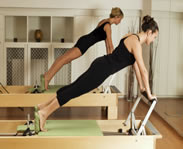
Bladder management problems have a major impact on women's quality of life, work, social and sexual activities.
It is important to remember that you are not alone if you have incontinence issues.
There are three types of Urinary Incontinence that we treat at Innovative Physio/Pilates
New ICS (International Continence Society) Publication - The Unspoken Impact of Urinary Incontinence amongst Women
14 August 2014 by Sophie Mangham http://www.ics.org/news/316
YouTube video of Gill Smith, Innovative Physio, Women’s Health Physiotherapist and Luisa , mother of 2 and client of Innovative Physio discussing the importance of pelvic floor health and awareness.
https://www.youtube.com/watch?v=pDRvYQQMRMA
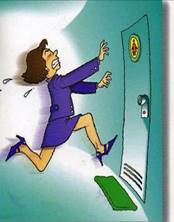
Who is at risk?
This risk is higher if they have;
SUI can be the direct result of pregnancy and vaginal delivery. Pelvic floor muscles, fascial connective tissue and nerves can be overstretched through pregnancy and vaginal delivery resulting in a less functioning support of the pelvic organs, which includes the bladder.
The Good news is that in 2010 the Cochrane Collaboration (which puts all relevant studies together) published a review, Pelvic floor muscle training vs. no treatment, or inactive control treatments for urinary Incontinence in women, which analysed the effectiveness of pelvic floor strengthening in stress and urge incontinence.
The conclusion of this analysis was the strongest level of evidence available, which is Level 1/Grade A evidence that pelvic floor strengthening should be offered as the first line of treatment for Stress Urinary Incontinence.
In Britain the National Institute of Health recommends that all women with SUI considering surgery should undertake pelvic floor strengthening education from a Pelvic Floor Post Graduate trained Physiotherapist. Those clients who are unable to effectively strengthen their pelvic floor muscles to significantly reduce the symptoms of SUI are then considered for surgery.
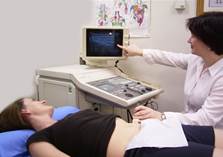
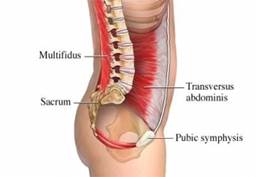
Women who compete in triathlons are at increased risk of pelvic floor disorders, including incontinence, according to a study presented at a July meeting of the American Urogynecologic Society and International Urogynecological Association.
The Findings are the result of a nationwide web-based survey of 311 female triathletes aged 18 and over conducted by Dr Johnny Yi from Chicago’s Loyola University Health System. The research revealed that 37 percent of the female triathletes experienced stress urinary incontinence, while 16 percent experienced urgency incontinence. 5 percent experienced pelvic organ prolapse and 37 percent experienced anal incontinence. 18 percent of respondents had pelvic girdle pain, with higher levels for those with stress urinary urgency incontinence, and anal incontinence. Dr Yi said “doctors should be aware of how common these conditions are in this group of athletes and treat patients appropriately to avoid long-term health consequences.
This article was originally published in http://www.continence.org.au/data/files/Bridge_2014/Bridge_spring_2014_web.pdf
Prevalence study of stress urinary incontinence in women who perform high-impact exercises.
 Overactive bladder (OAB), Urgency with or without Urge Incontinence.
Overactive bladder (OAB), Urgency with or without Urge Incontinence. Overactive bladder (OAB) is a syndrome characterized by symptoms of urgency, with or without urgency incontinence, usually with increased daytime frequency and nocturia (increased night time urination). The term OAB can only be used if there is no proven infection or other obvious pathology.
OAB affects about 12% of both men and women. The incidence increases with
advancing age and affects between 70-80% of people by the age of 80. More women than men exhibit incontinence, but, overall, 33% of patients have OAB with urgency incontinence (“OAB wet”), while 66% have OAB without urgency incontinence (“OAB dry”). OAB is a bothersome condition that negatively affects quality of life and can lead to social isolation.
OAB also has significant psychological and financial consequences, and may be associated
with increased morbidity and mortality in the elderly.
Symptoms
The International Continence Society is a registered charity with a global health focus which strives to improve the quality of life for people affected by urinary, bowel and pelvic floor disorders by advancing basic and clinical science through education, research, and advocacy.
The Good news is that in 2010 the Cochrane Collaboration (which puts all relevant studies together) published a review, Pelvic Floor Muscle Training vs. No Treatment, or inactive Control Treatments for Urinary Incontinence in Women, which analysed the effectiveness of pelvic floor strengthening in stress and urge incontinence.
The conclusion of this analysis was the strongest level of evidence available, which is Level 1/Grade A evidence that pelvic floor strengthening should be offered as the first line of treatment for Urge Incontinence.
Bladder Training
The aim of bladder training is to restore the normal function of your bladder.
When you do bladder training you are aiming at:
The normal bladder can hold between 600-800 mls. It is usual to empty the bladder around 6 times per day. It is normal to make it to the toilet without rushing, or to be able to put off emptying the bladder if it is not convenient for you.
You have the ability to make your brain the boss of your bladder.
Generally it will take 4-6 physiotherapy sessions to cover all of the above. Sessions will vary from a 60 minute appointment to a 30 minute appointment.
It is a fantastic feeling to suppress a bothersome bladder urge whilst putting the key in the front door and calmly do a lap of the house before deciding whether or not the bladder needs emptying.
Refers to the presence of both stress and urge incontinence. For example, someone has the combination of stress incontinence (leaking with coughing, sneezing, exercise, etc.) and urge incontinence (leaking enroute to the toilet, or leaking when putting the key in the front door), this is known as mixed urinary incontinence. Often, a woman may first experience one kind of leaking, and finds that the other begins to occur later.
The continence team at Innovative Physio/Pilates will treat Urgency and Urge Incontinence in the following manner
Women's Health
|
Pelvic Floor Muscle Strengthing
|
Pregnancy
|
Mastitis / Inflammation of Lactating Breast
|
Women's Personal Training Functional Fitness
|
Pilates/Gyrotonic Group Classes
|
Musculoskeletal Physiotherapy
|
Myotherapy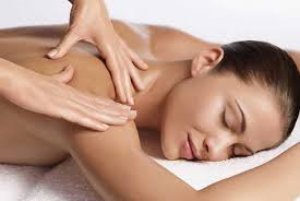
|
Dance Medicine |
Pelvic Floor Fitness workshops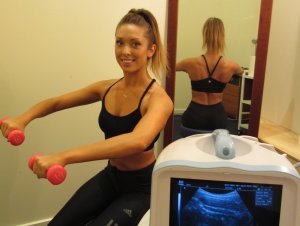
|